SUMMARY
This is AI generated summarization, which may have errors. For context, always refer to the full article.
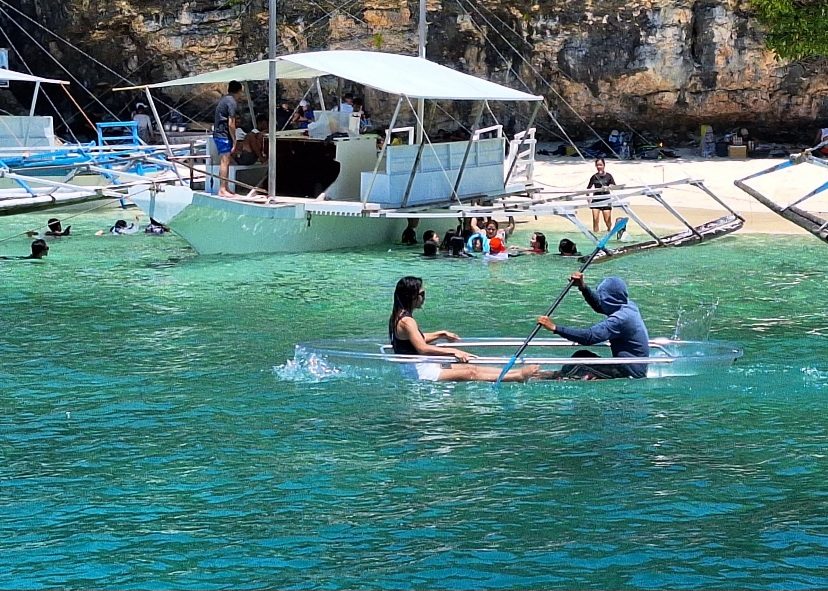
SURIGAO DEL SUR, Philippines – Hidden beneath the turquoise waters encircling the idyllic Britania group of islands off San Agustin town in Surigao del Sur, lies a somber reality contrasting the enchanting scene above.
Scuba diving instructor Ronel Bacalla paints a grim picture of the underwater world, marred by devastation: broken corals mingle with budding patches of youth, as the resilient survivors attempt to regenerate amid the destruction.
He said that while Britania beckons tourists with its affordable allure and natural splendor, concerted efforts are imperative to rejuvenate the subaquatic realm and safeguard the fragile marine ecosystem.
“It’s as if nature has concealed the unsightly beneath the rug,” said Bacalla.
Bacalla, a conservationist, expressed his dismay and described the underwater conditions off the coast of San Agustin as “devastated.”
“It’s very distressing. There’s not much to see there except for broken corals and scattered patches of young corals and seagrass attempting to regenerate,” he said even as he stressed the need to restore marine life, something which he has long been advocating.

He said one didn’t need to be a marine biologist to see the extent of the destruction which he blamed mainly on past dynamite and cyanide fishing, which extensively damaged marine life in Lianga Bay. He said the recovery process would be lengthy.
“But to help bring back life to our marine resources, we need marine biologists. That is why I am keen on helping them become skilled scuba divers so they can get closer and study better what needs to be done underneath,” he said.
Britania is a collection of approximately two dozen islands and islets with white sandy beaches and natural rock formations scattered throughout Lianga Bay. It was one of the 11 bays in the country where foreign funds were allocated for conservation efforts from 2016 to 2020.
Tourist attraction
Every visitor to Britania pays a P50-entrance fee at the tourism collection booth located at the Salvacion junction, allowing them to access the village that shares its name with the cluster of islands. The collected funds are allocated for maintenance and tourism projects, as indicated on a large billboard at the booth.
Compared to well-known beach destinations in the Visayas and Palawan, Britania offers more affordable options, according to a front desk clerk at Viel’s Harborage, one of the many resorts lining the shores of Britania.
Local authorities have actively promoted the area for tourism, resulting in the expansion of numerous resorts along the coast.

Hundreds of tourists, especially during the summer, visit Britania daily for island-hopping tours, kayaking, and various adventure activities, which provide livelihood opportunities for residents.
“The place is stunning, like what you see in movies, it’s like being on a different planet,” said Grazielle Madamba, a Qatar-based overseas worker who was on a weekend break with her family in Britania.
But Madamba, a certified diver, said her underwater experience in Britania was not as exciting as in other places she had visited, citing its few young corals and schools of small fish.
She said authorities should focus on improving the situation underwater to restore its vibrant marine life.
Action required
Bacalla, who left a lucrative career in Davao City to establish his dive shop in Britania, was moved by what he witnessed underwater.
“I want to help even with the little that I know,” he said.
He has been in constant communication with local authorities, pointing out to them the urgent need to rehabilitate the bay’s marine resources and sharing videos and photographs that showcase the current underwater conditions.
Bacalla stressed the importance of residents and officials actively engaging in the revitalization of the bay. Serious commitment and dedication, he said, would result in a sustainable environment while simultaneously addressing the economic requirements of the place.
Sadly, he said that in many coastal communities, residents themselves engage in activities that further endanger the bay’s ecosystem.
He pointed to fish cages along the shores of one of the islands, despite a prohibition.
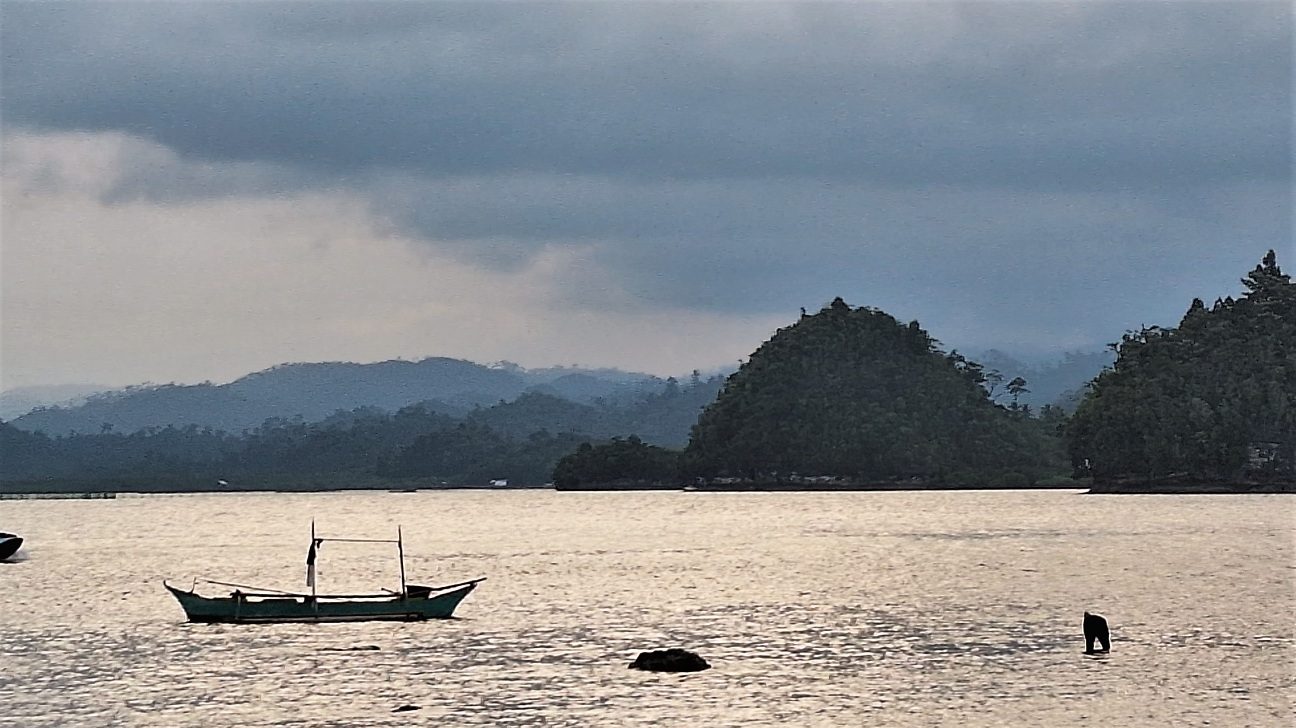
Bacalla said efforts must extend beyond such short-term initiatives such as coastal clean-up activities, and focus on long-term, relevant, and sustainable coastal management.
He said he remained optimistic, citing the progress a local initiative had made with artificial reefs in one of the islands. The plan, he said, is to apply the methods he learned in Palawan to conserve the mangrove forests in Britania.
Bacalla said talks are underway with the local government to explore the use of the mangroves for tourism.
“We can turn the mangrove forests here into adventure sites, like using canoes to go around. This way we can better protect and conserve the mangroves,” he said.
Bacalla first arrived in Britania in 2016 as a visiting instructor, teaching scuba diving to marine biology students from the North Eastern Mindanao State University.
To make diving more accessible to students who couldn’t afford the long journey to Davao City, he decided to settle in Britania permanently in 2021. As the number of students increased, he became a regular service provider for the university, prompting him to establish Alfred’s Dive Shop.
Apart from providing certification courses in scuba diving, Bacalla’s establishment also organizes lectures on marine life and the significance of environmental preservation.
He said their motivation stems from the fulfillment of sharing skills required by potential assets in environmental protection, rather than focusing solely on monetary gains.
Bacalla, however, expressed dismay because many marine biology graduates end up working in call centers or as office aides and in other clerical positions, rather than utilizing their skills to contribute to marine ecology protection.
“They lack motivation and are lured instead by the glamor of working in call centers rather than being in environmental work,” he said.
However, Bacalla said he is dedicated to training and nurturing future conservationists despite the challenges. He said he sees them as the key to ensuring a sustainable environment in Britania.
Serious matter
A 2017 inception report by the Fisheries, Coastal Resources, and Livelihood (FishCORAL) project showed that Lianga Bay is “threatened by increased tourism activities and other human intrusions.”
The report noted that Lianga Bay possesses abundant mangroves, seagrasses, and corals, which provide socio-economic benefits to local fishermen. However, it also warned of the extreme vulnerability of mangrove forests to human interference.
“People want to live and work near the shorelines,” the report pointed out.
Citing a 2014 paper, the report revealed that population growth and poverty had placed additional pressure on resources, resulting in environmental damage, overfishing, and alarming degradation of habitats.
The report cited the exploitation of coastal marine habitats beyond their capacity to recover due to overfishing and the destruction of coral reefs, mangroves, seagrasses, and estuarine habitats.
In response to these issues, the FishCORAL project was initiated to address the problem and provide alternative and sustainable livelihoods to fishermen in the area.
The project aimed to reduce poverty incidence by increasing household incomes in coastal communities across 11 target bays through the sustainable management of coastal and fisheries resources and the implementation of community-based enterprises.
The project, which commenced in January 2016 until December 31, 2020, had a budget of US$43.74 million, including a US$30-million contribution from the International Fund for Agricultural Development (IFAD), a specialized agency of the United Nations (UN) that focuses on addressing poverty and hunger in rural areas of developing countries.
By December 31, 2020, the project had reported achieving 77.62% of its target but cited the challenges and difficulties that arose due to the COVID-19 pandemic which started during the first quarter of the year. – Rappler.com
Add a comment
How does this make you feel?
![[Time Trowel] Was there a Philippine Kingdom named ‘Kalaga Putuan Crescent’?](https://www.rappler.com/tachyon/2024/04/Kalaga-Putuan-Crescent-april-23-2024.jpg?resize=257%2C257&crop_strategy=attention)

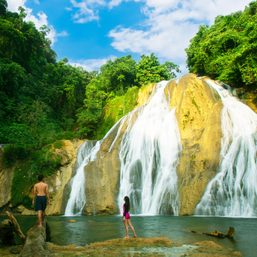

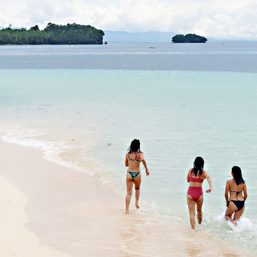

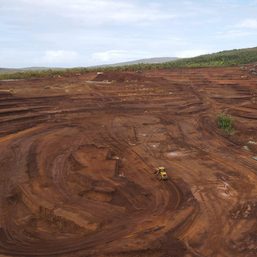
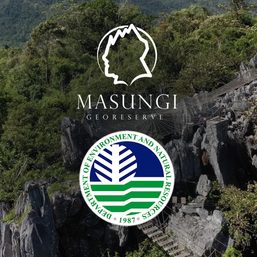

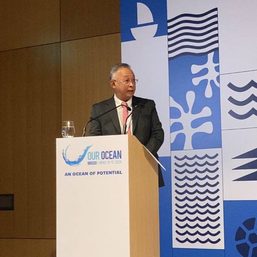
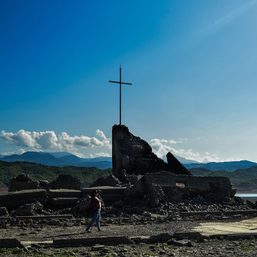
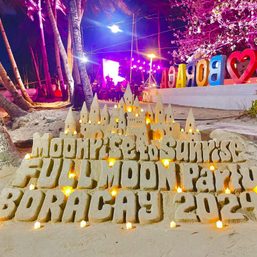
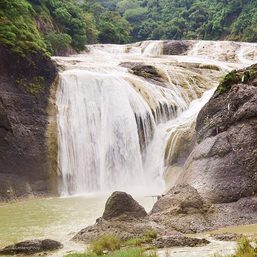
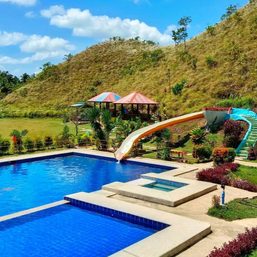
There are no comments yet. Add your comment to start the conversation.